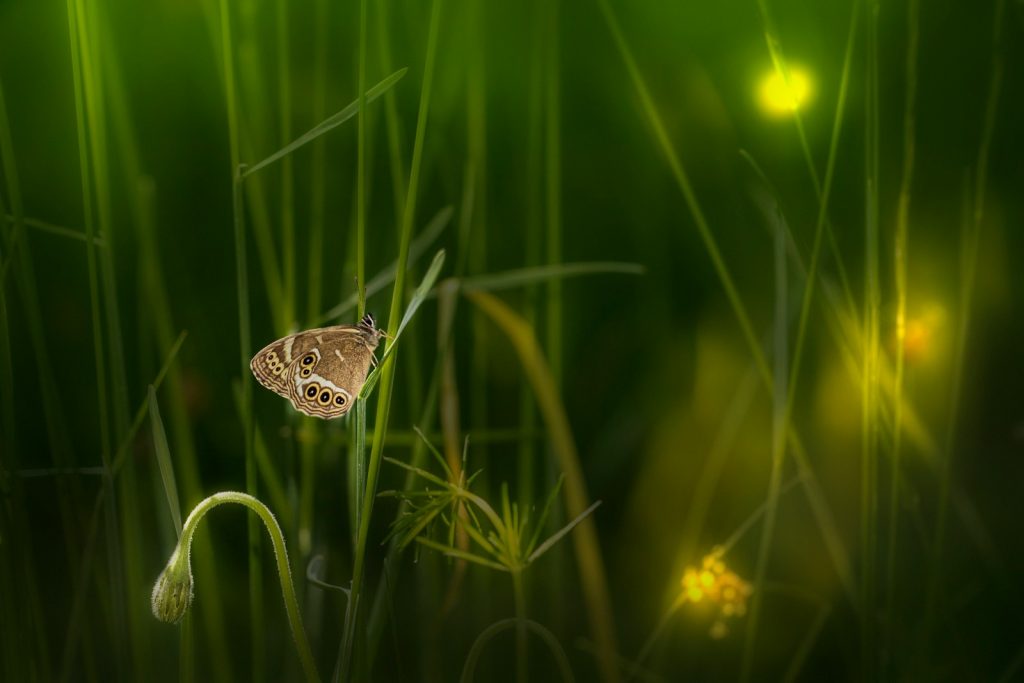
The beginning of the Summer Solstice is a time when life seems to be flourishing the most in the Northern Hemisphere, I think it’s a good time to reflect on the notion of the Earth being alive, and the notion that “the Earth is alive, and magic is afoot.”
You have probably heard of the Gaia Hypothesis, which suggests that Earth is essentially a huge single living entity which keeps itself in balance through different feedback loops.
But a lot of us can feel connected with the Earth just by interacting with Nature. Seeing buds appear on bare branches and seeing them grow into rush green leaves that create a canopy of shade in the summer—what could we call it but magic? And things that science is continually discovering, such as how a forest of trees will often work as mutually supporting system. Just the very fact that photos of Earth from space show most of the continents’ land masses being green instead of brown shows how much magic occurs on this planet.
If we think about the Earth as a living creature, that is a radical shift from how modern society operates. All too often, Earth is seen as a resource to be exploited, with people often taking at will and leaving that section of Earth worse off than before. The places where we dig our mines are usually considered to be mere rocks from which we can extract what we please.
An organization called the Global Footprint network has been, for years, calculating what they call “Earth Overshoot Day.” This is the day when humanity consumes more than what the Earth’s can regenerate for the year. In 1971, humanity reached Earth Overshoot in December. In 1990, it was in October. In 2025, it falls on July 24.
And it’s important to point out that this exploitation may have accelerated with industrialization but it did not begin with it. Even the plowing of lands destroyed habitat and led to the extinction of some species. In contrast, many older societies would either ask permission from the Earth to partake of its bounty or find ways to give back to the Earth—either symbolically or in real ways.
Can we imagine what the world might look like if we had the heart to ask permission from the Earth for all we take from it, much less give back to it. We need to realize that this is the direction that we need to move in.
Humanity has been putting more and more distance between itself and the Earth as the centuries and millennia unfold. Note how more supposedly “primitive” religions focused more on nature and compare that with the regard given to them in the holy books of monotheistic religions. Whatever value we might give those religions, it is clear that we are out of balance in this day and age. While looking at and questioning our consumption patterns is critical, I would argue that look at our Earth as a living thing could help usher a fundamental shift in our thinking that would make such changes feel more natural to us.
